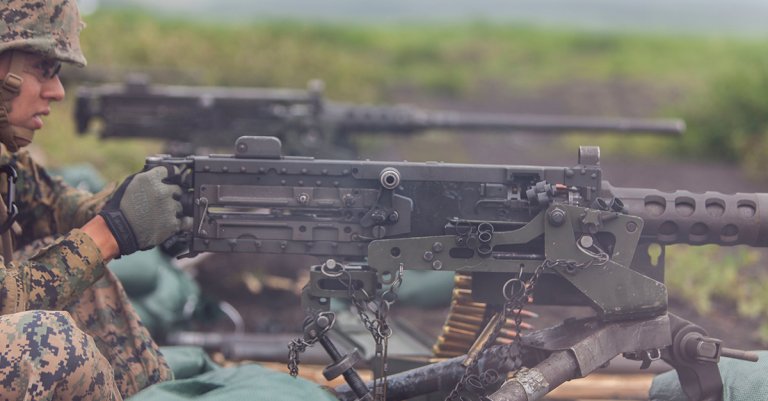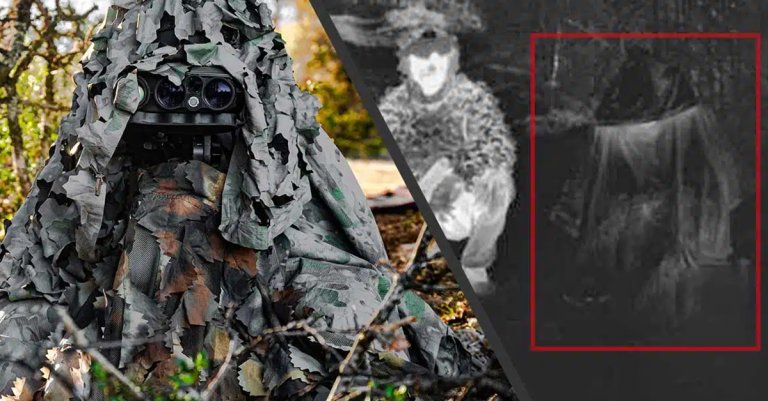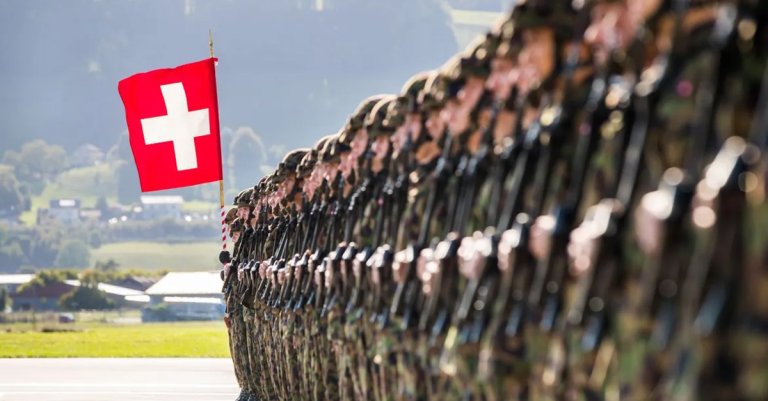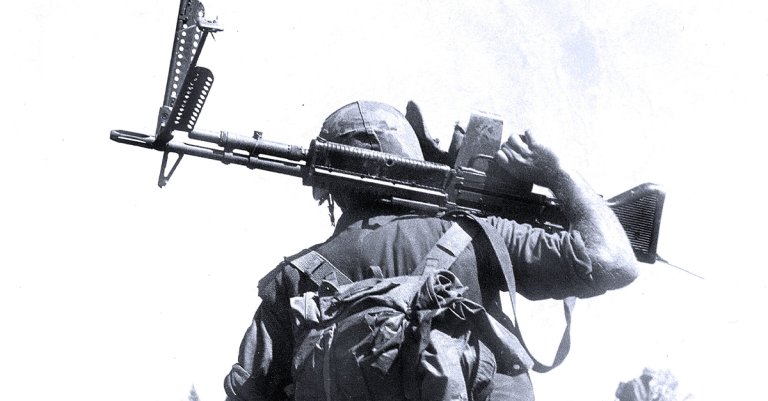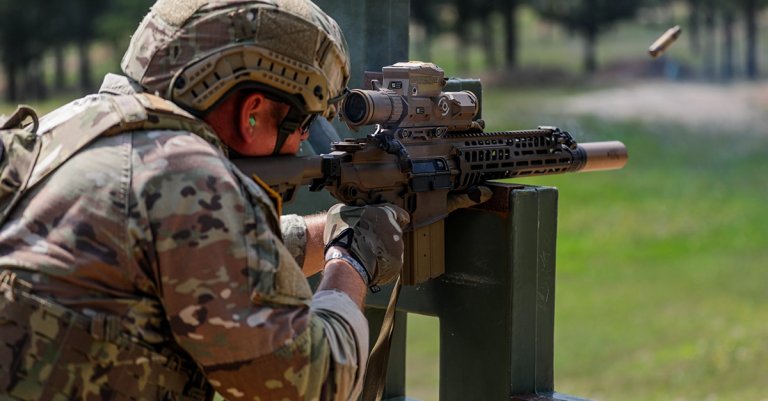

If North Vietnamese bombers were coming to strike a remote CIA radar station and a helicopter landing zone filled with Air Force volunteers, there are certain weapon platforms that would be expected to respond. Maybe some fighters or some air defenders on the ground.
But probably no one would expect a couple of CIA operatives in a helicopter to chase down the bombers and shoot one down using an AK-47.
So, guess what happened on Jan. 12, 1968?
Related: This is how an AK-47 works
The North Vietnamese sent four AN-2 Colt biplanes to bomb Site 85, a radar station in the mountains of Laos used partially as a staging base for rescue and special operations helicopters. The station’s primary role was to guide bombers headed into missions against Hanoi, North Vietnam’s capital, during the Vietnam War.
On Jan. 12, Ted Moore was flying a UH-1D Huey helicopter owned by “Air America,” a CIA front company, to Site 85. When he and his crewman arrived at the site, he saw two of the biplanes circling the station as the other two conducted bombing runs.

Moore began chasing one of the bombers that was actively taking part in the attack. His crewman, Glenn Woods, grabbed an AK-47 and began firing it at the cockpit of the fleeing bomber.
All four of the bombers bugged out, and Moore and Woods kept chasing and firing on the bombers.
After about 20 minutes of chase, the first bomber crashed just inside the North Vietnamese border, and a second one crashed into a ridge just a few minutes later. The other two bombers escaped without incident. A CIA ground team later searched the wrecks and found bullet holes in both.
The two Americans were credited with the only plane killed by a helicopter in the war. An artist named Keith Woodcock later painted the scene in “Lima Site 85.”
The remote radar station operated for another two months before a ground assault by North Vietnamese commandos was able to force its way to the summit. The site was overrun in the greatest single ground loss of U.S. airmen in the entire Vietnam War.

